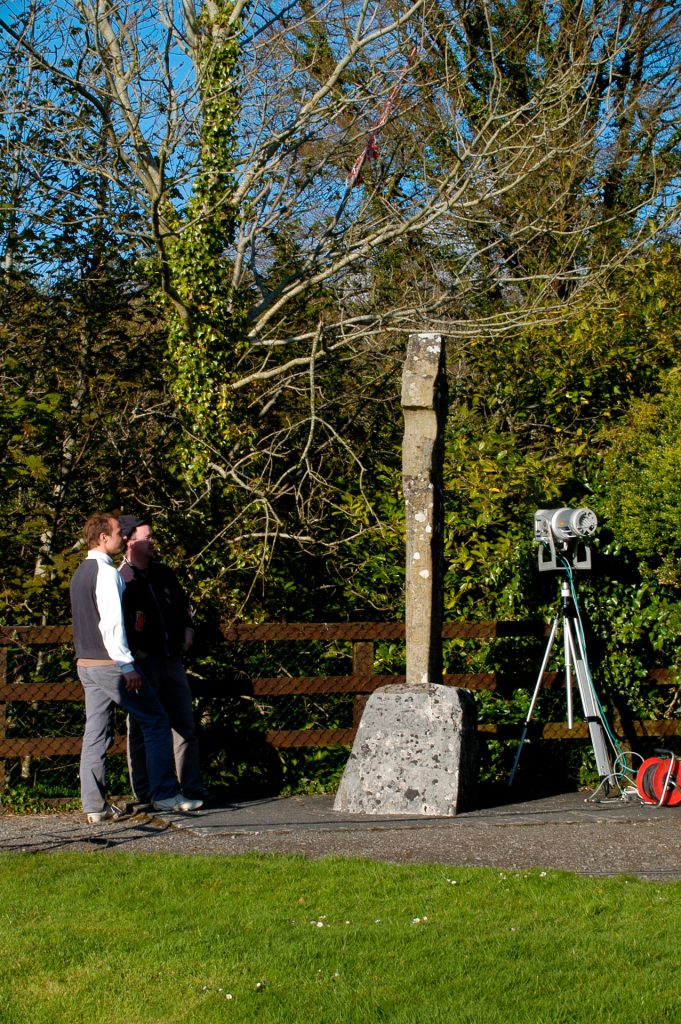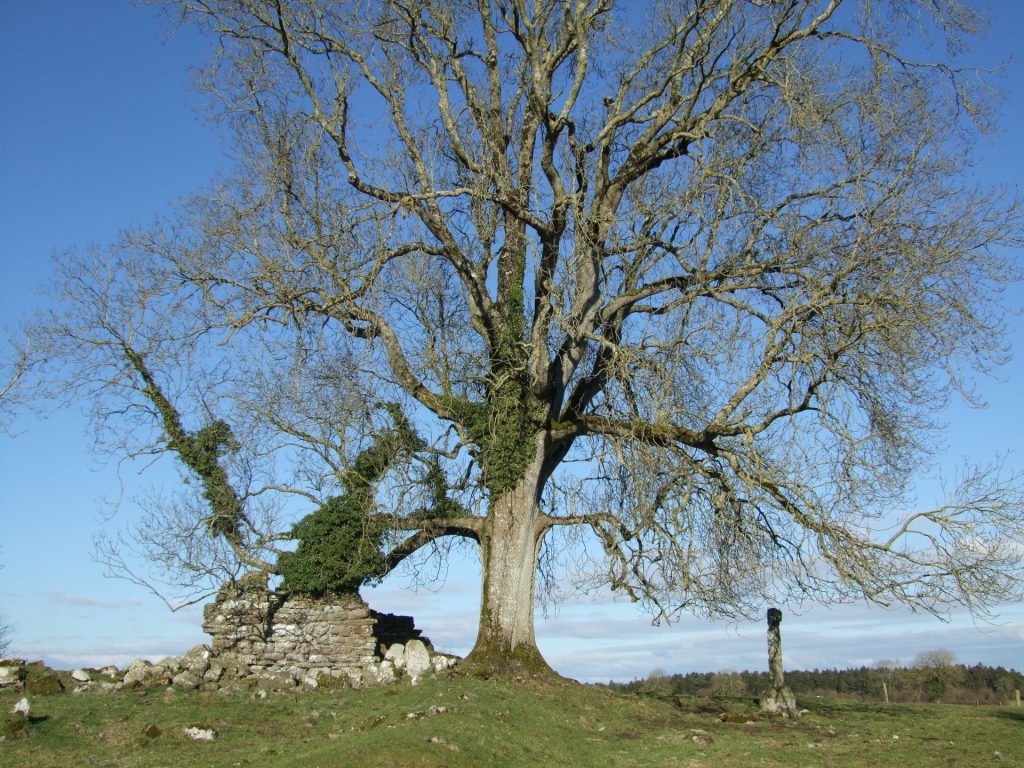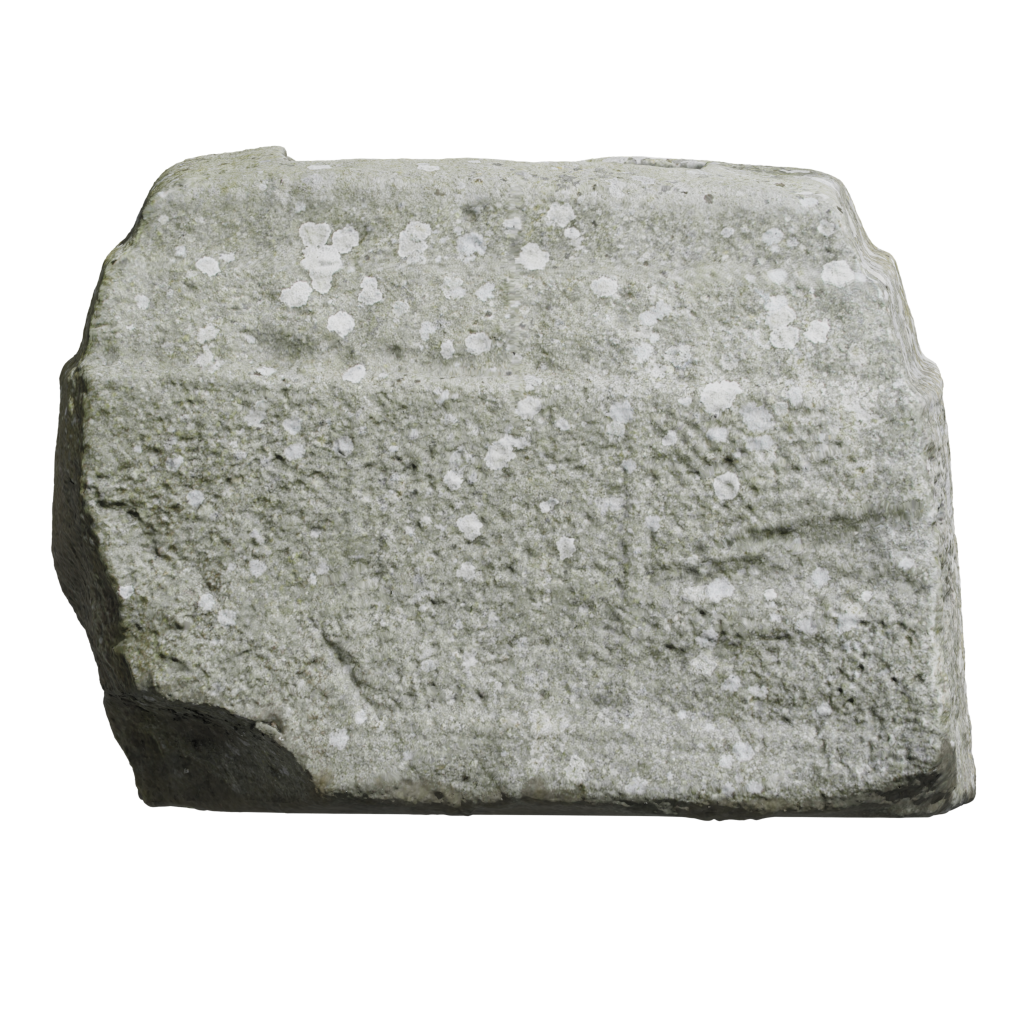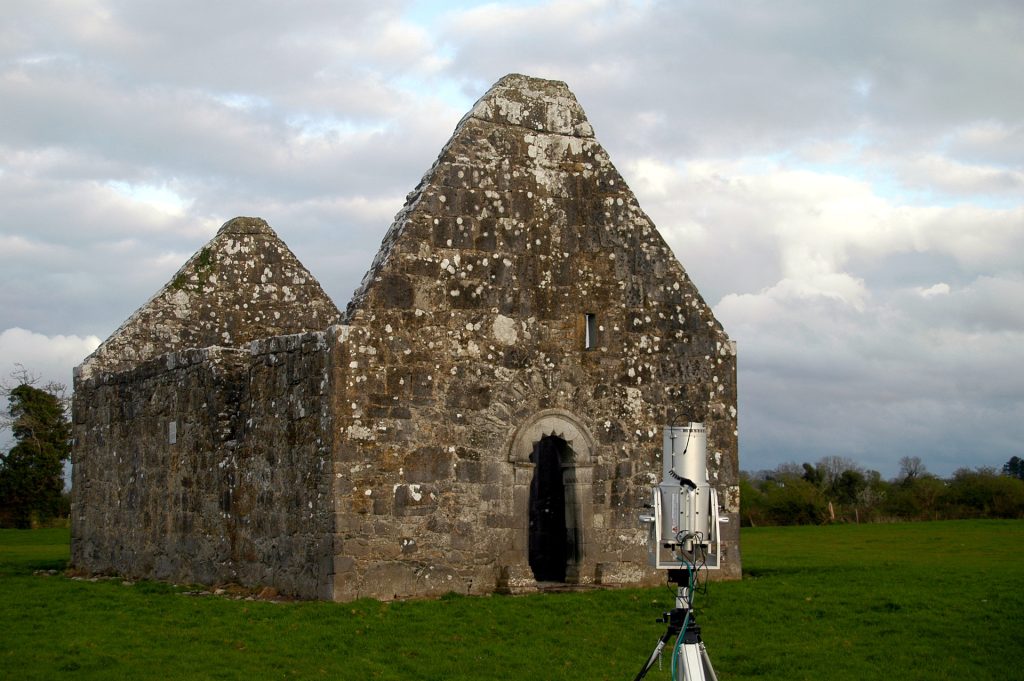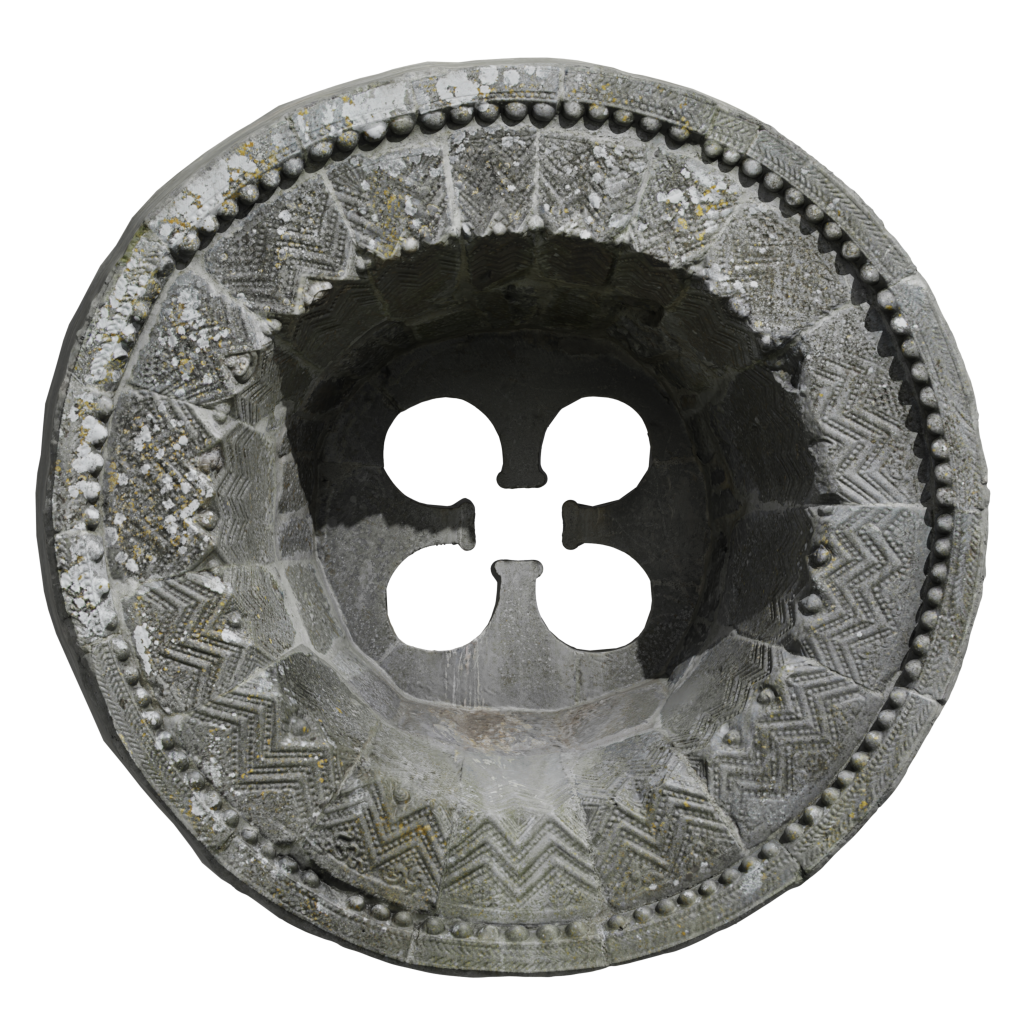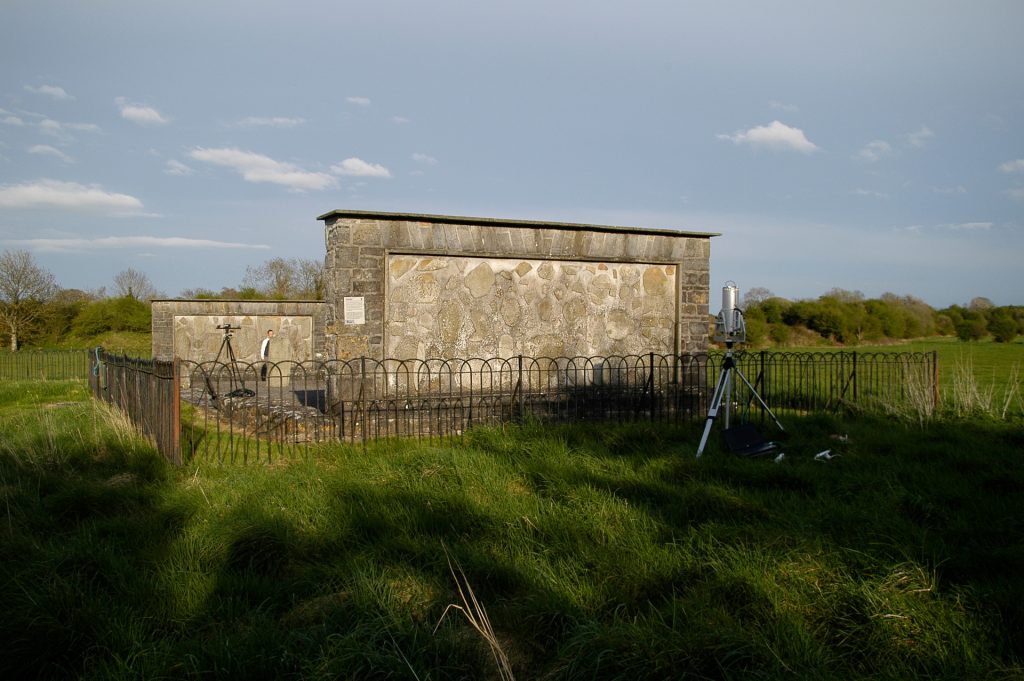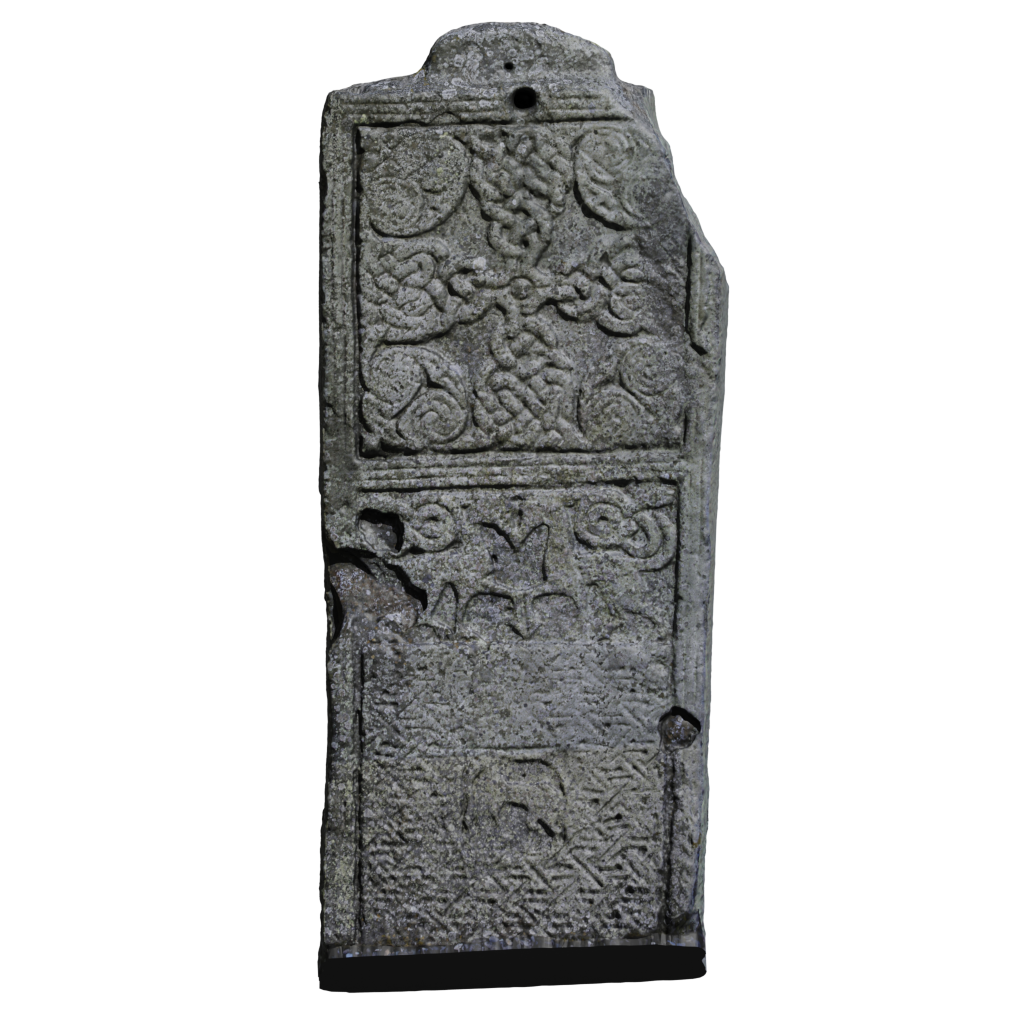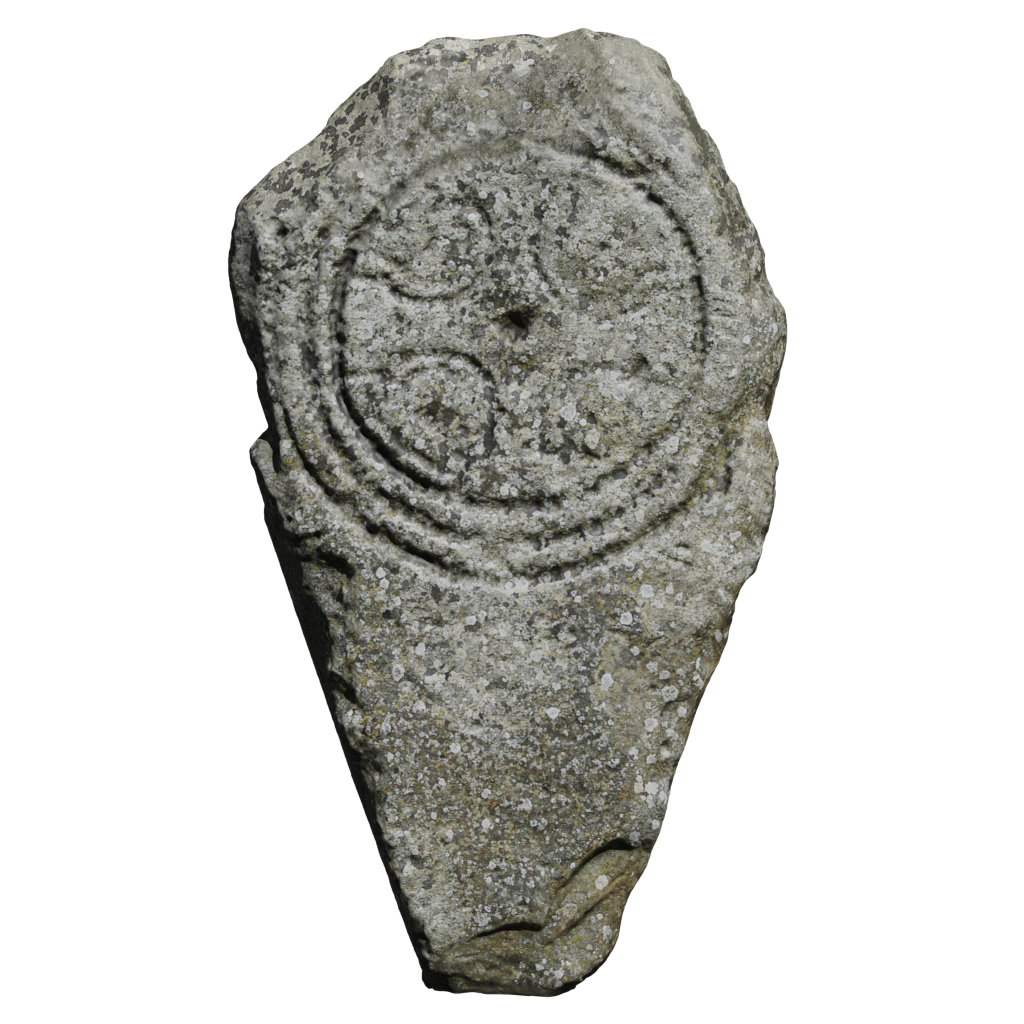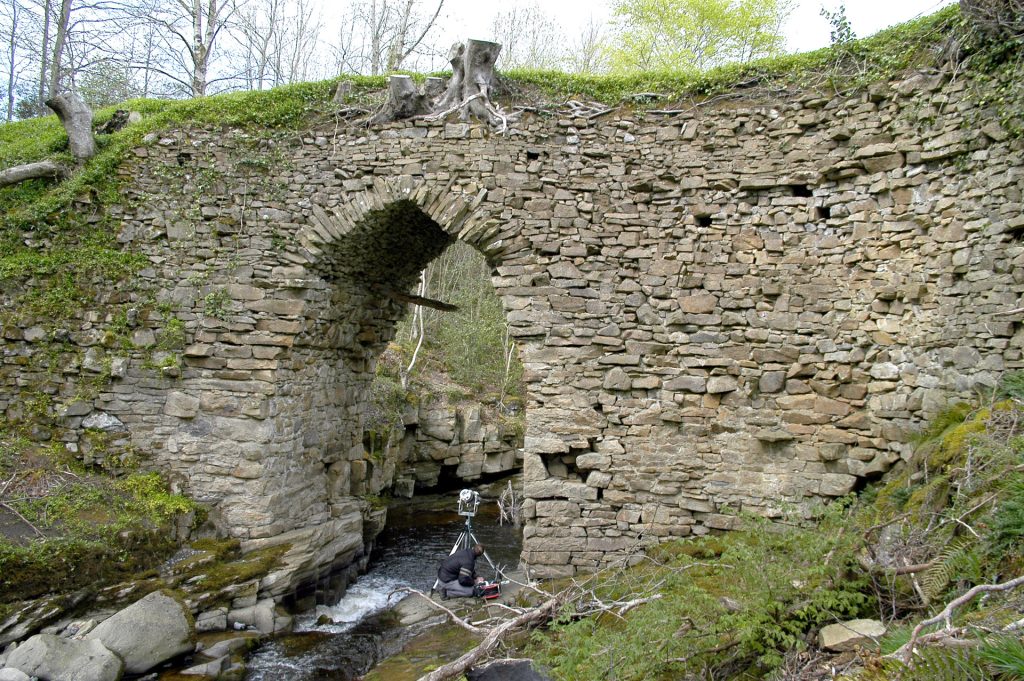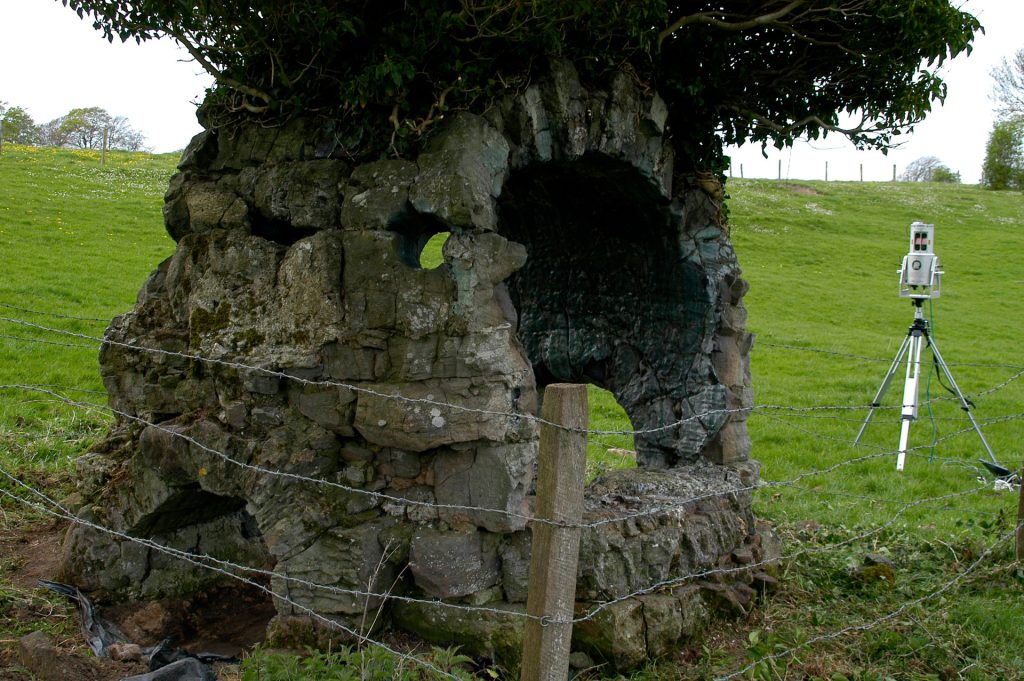Explore our cultural heritage

Offaly Country Council has been working to record a number of structures and carved stones in the county using 3D modelling and putting them up on this virtual gallery.
For each site there is an interactive 3D model which you can directly explore on this Website.
In addition for the Durrow High Cross site we have developed a program with Arctron where there is an explanation for each panel and an interpretation of each scene.
High Crosses
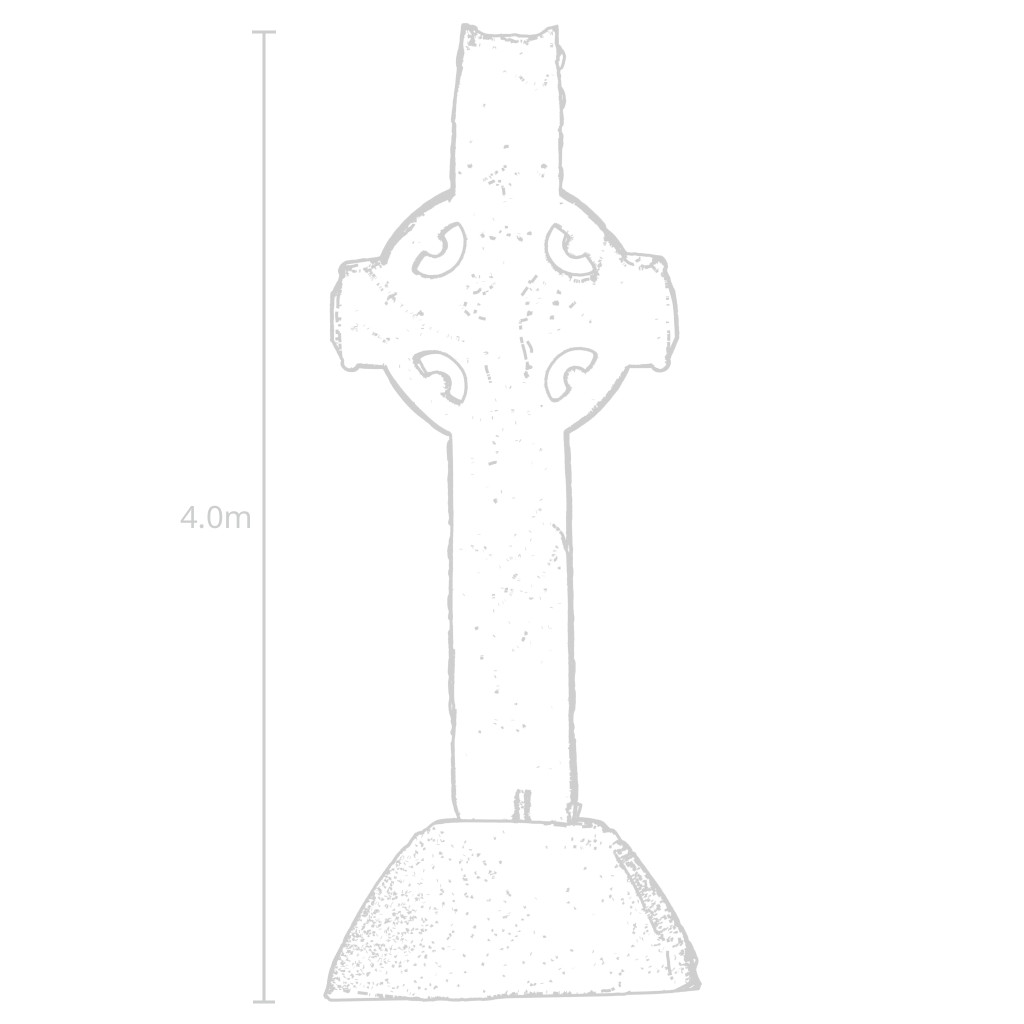
Durrow (Darú/oak) High Cross, Tullamore, County Offaly today inside the disused C. of I. church now managed by the Office of Public Works which stands in the centre of Durrow graveyard on the demesne lands of Durrow Abbey House. Durrow monastery was reputedly founded in the 6th century by Colum Cille who died in 597 and whose feastday is celebrated on the 9th of June. The church and graveyard stands today in the parish of Durrow, Diocese of Meath in the Barony of Ballycowan. This impressive cross depicts numerous biblical scenes and decorative panels.

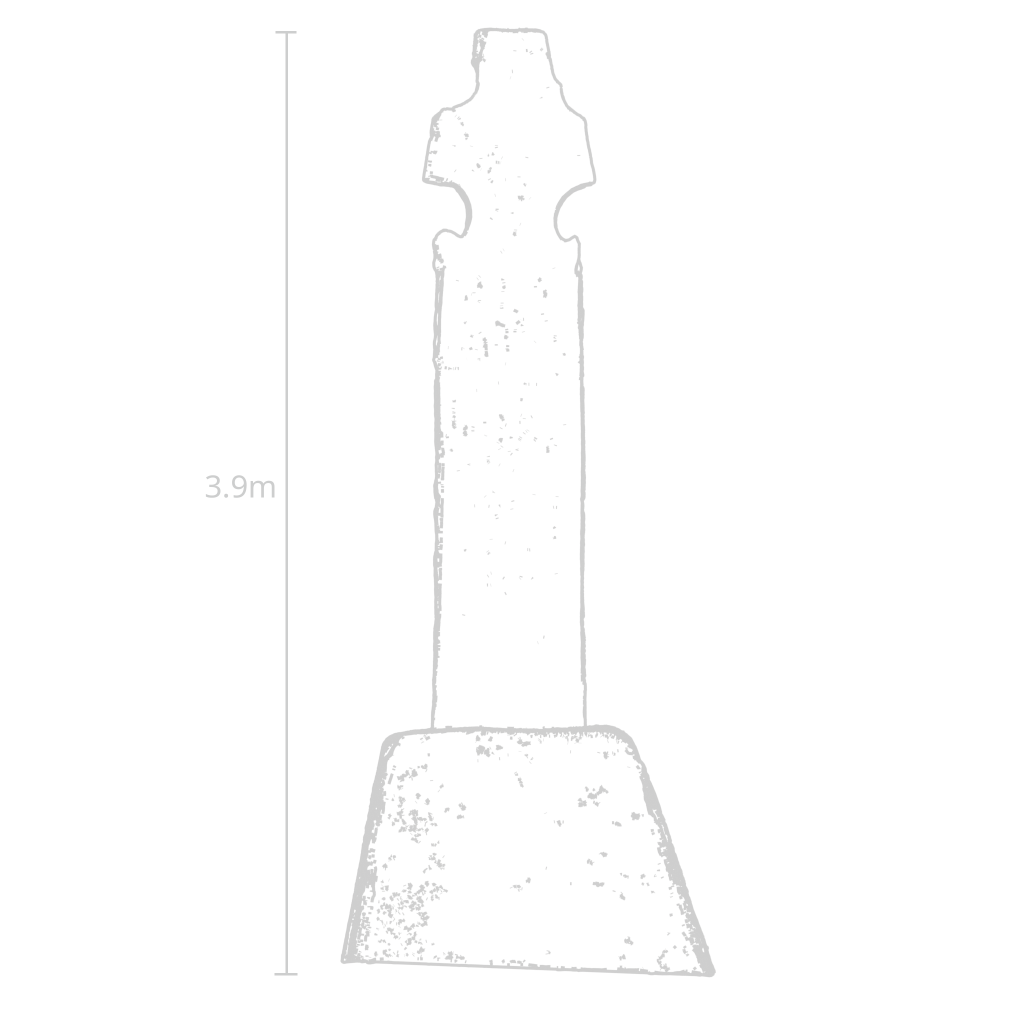
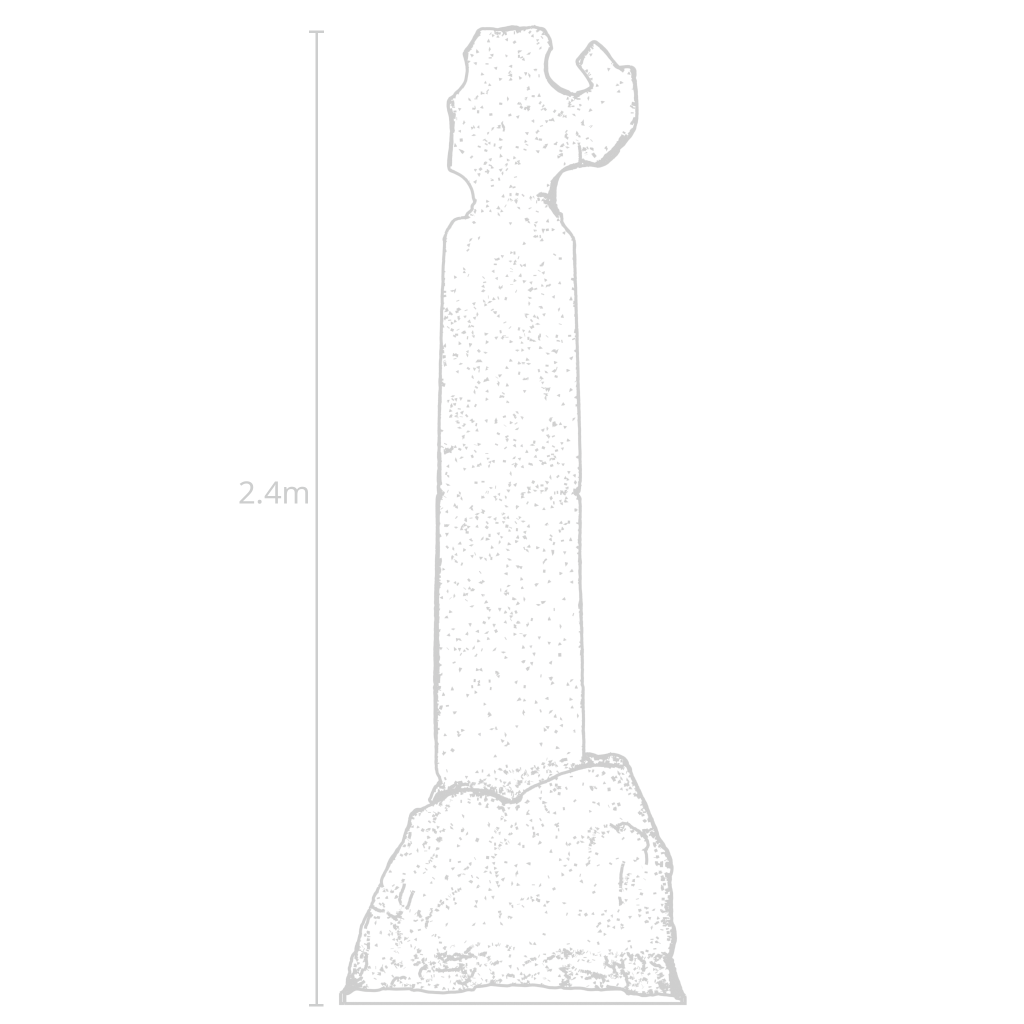

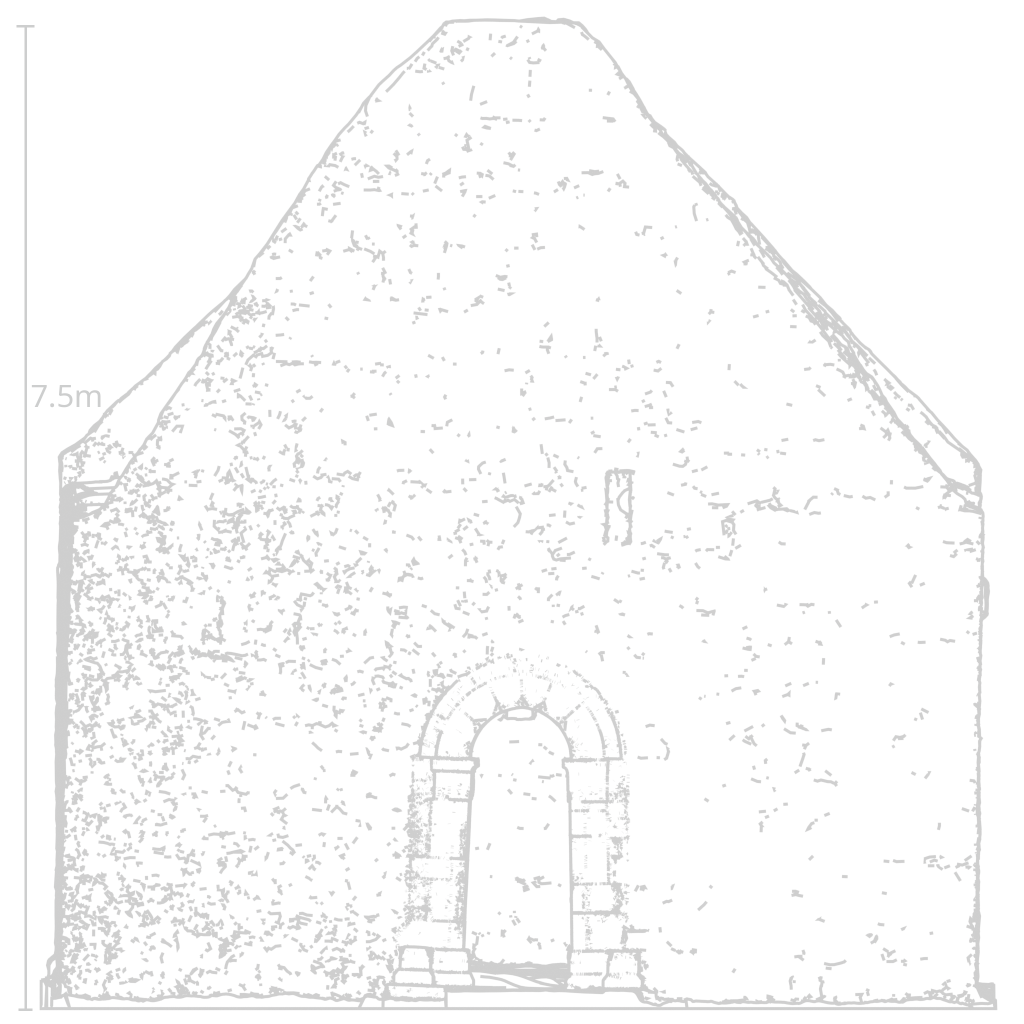
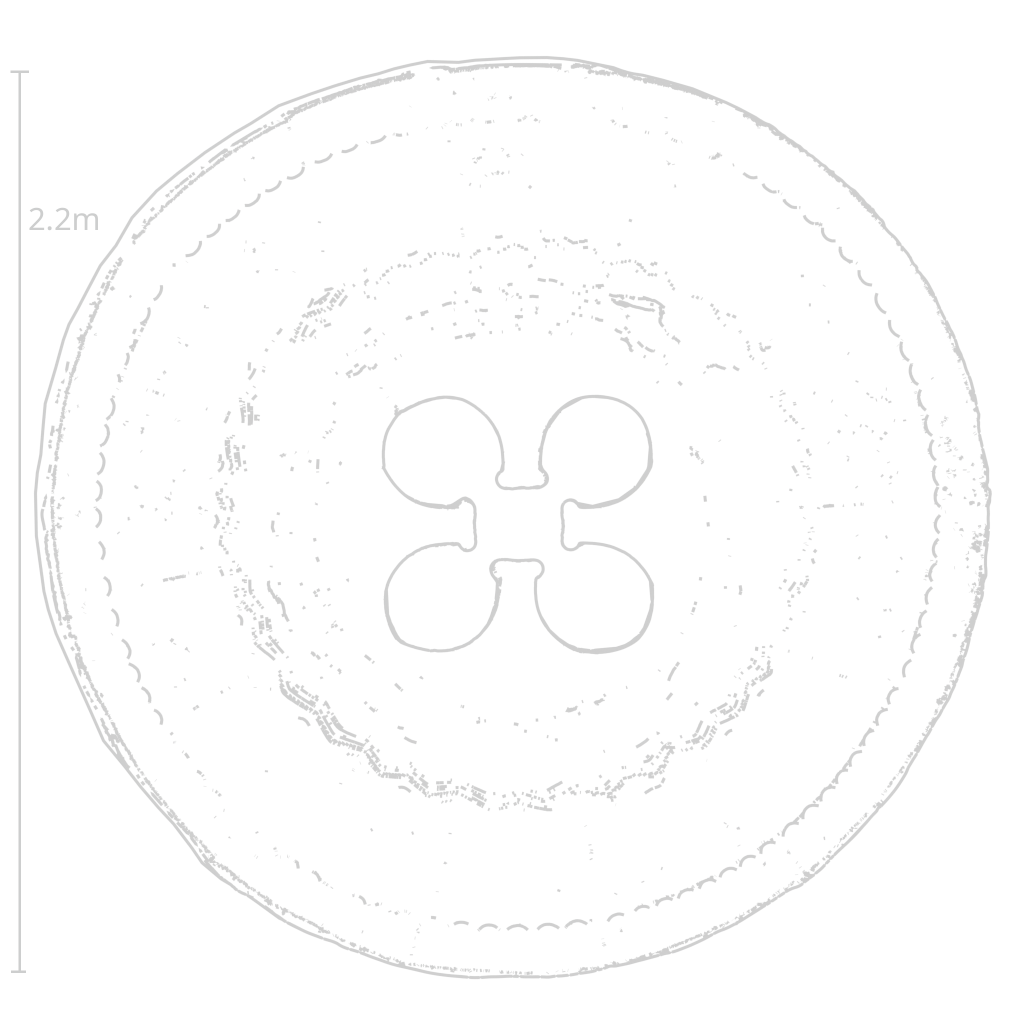
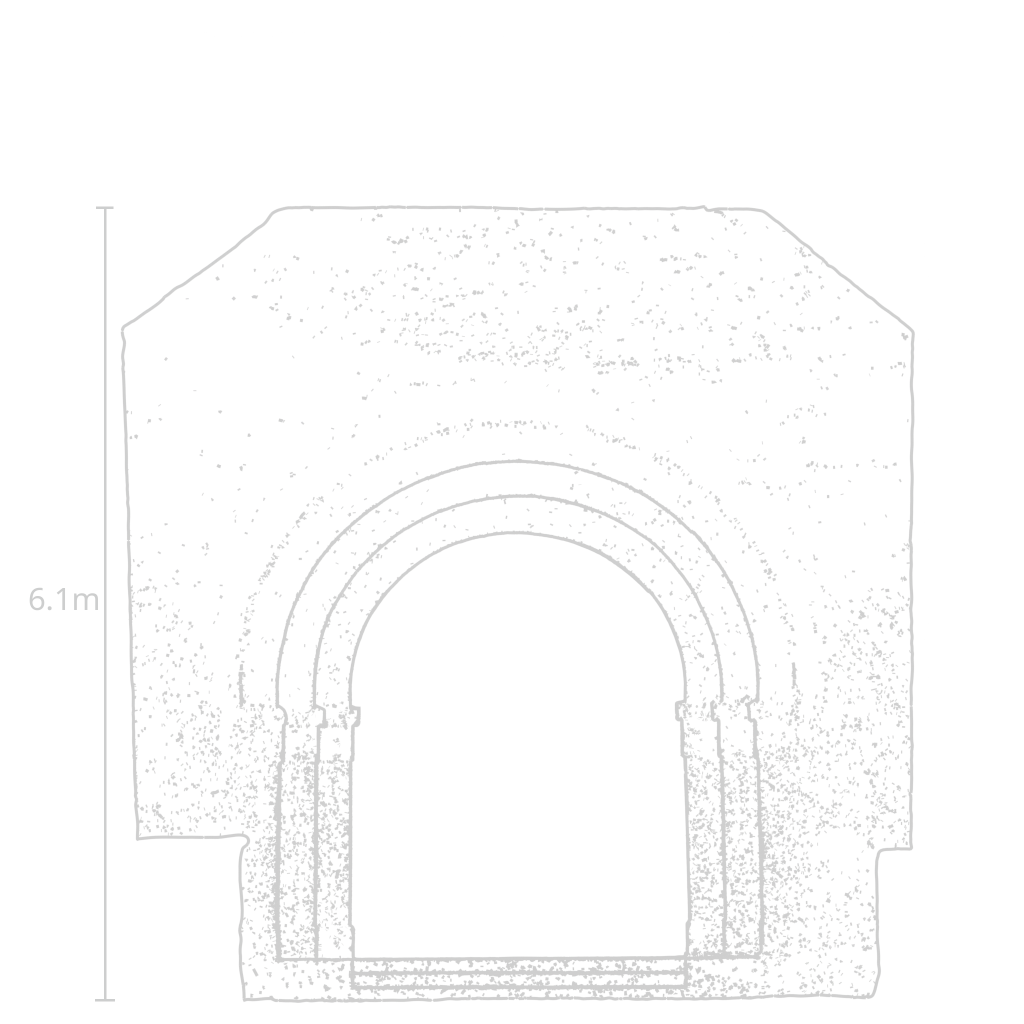
National Monument No. 82. St. Carthach founded a monastery at Rahan, Co. Offaly, in the sixth century. Saint Carthach’s C. of I. nave and chancel church is built around the chancel of a Romanesque cruciform church, the northern transept of which can still be seen, while the nave was built in 1732. Inside the church are the well preserved remains of a triple ordered chancel arch, the western face of which is shown on the 3D model.
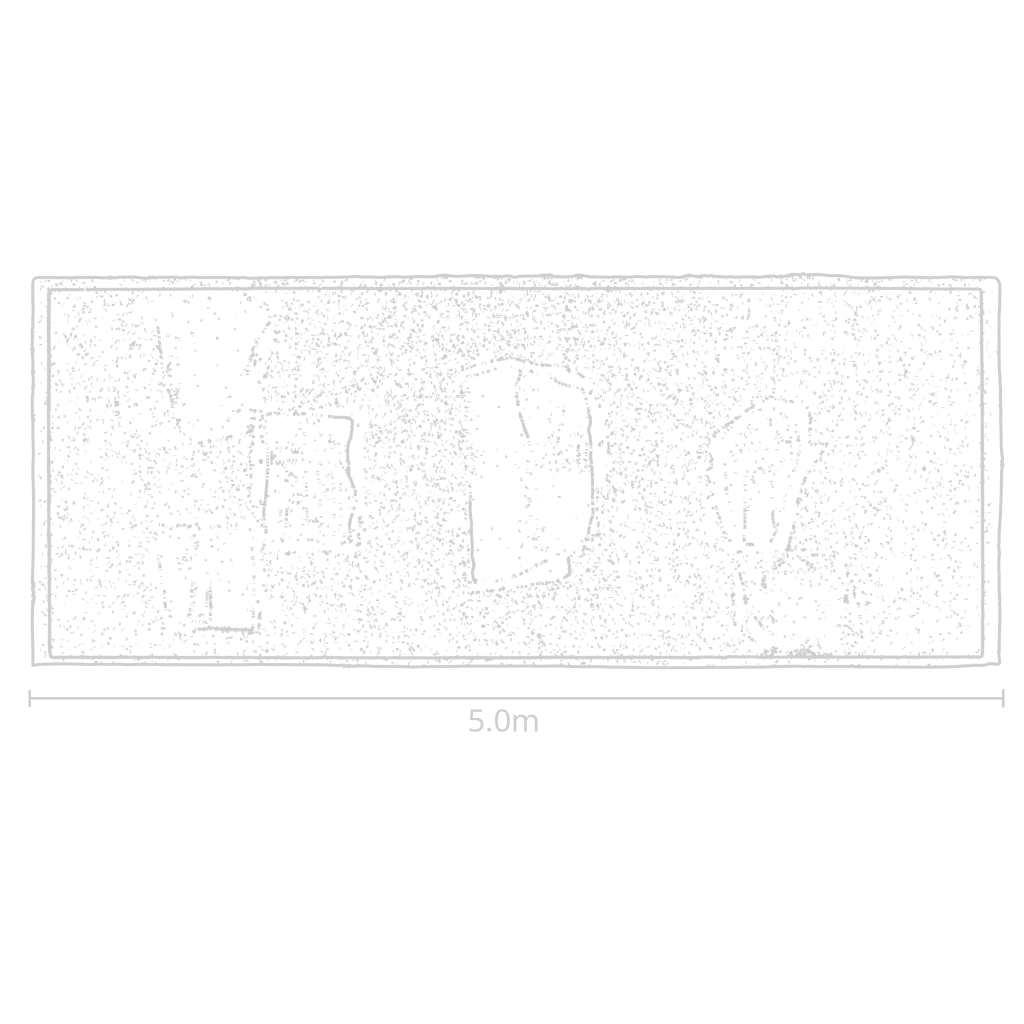
National Monument No. 504. Gallen Priory, Co. Offaly, was the site of an Early Christian monastery (OF014-029008-) founded by St. Canoc in 492 AD. Part of the monastic site was excavated between 1934-5 by T.D. Kendrick. A large collection of early Christian cross-slabs (OF014-029003-) dating from the 8th/11th-centuries were uncovered along with the site of an early medieval church site (OF014-029008-). A selection of cross-slabs were inserted into two display walls on the site of the excavated medieval church. Some were inserted into the west face of the modern display wall at the eastern end of excavated medieval church site. According to Kendrick stones labelled A, B, C, H were found in the 1934-5 excavations. Stones labelled R are those that had been previously housed in the ruined Gothic church. Stones labelled T were found piled round the Holy Tree at the foot of the mound where stone T27 stands.
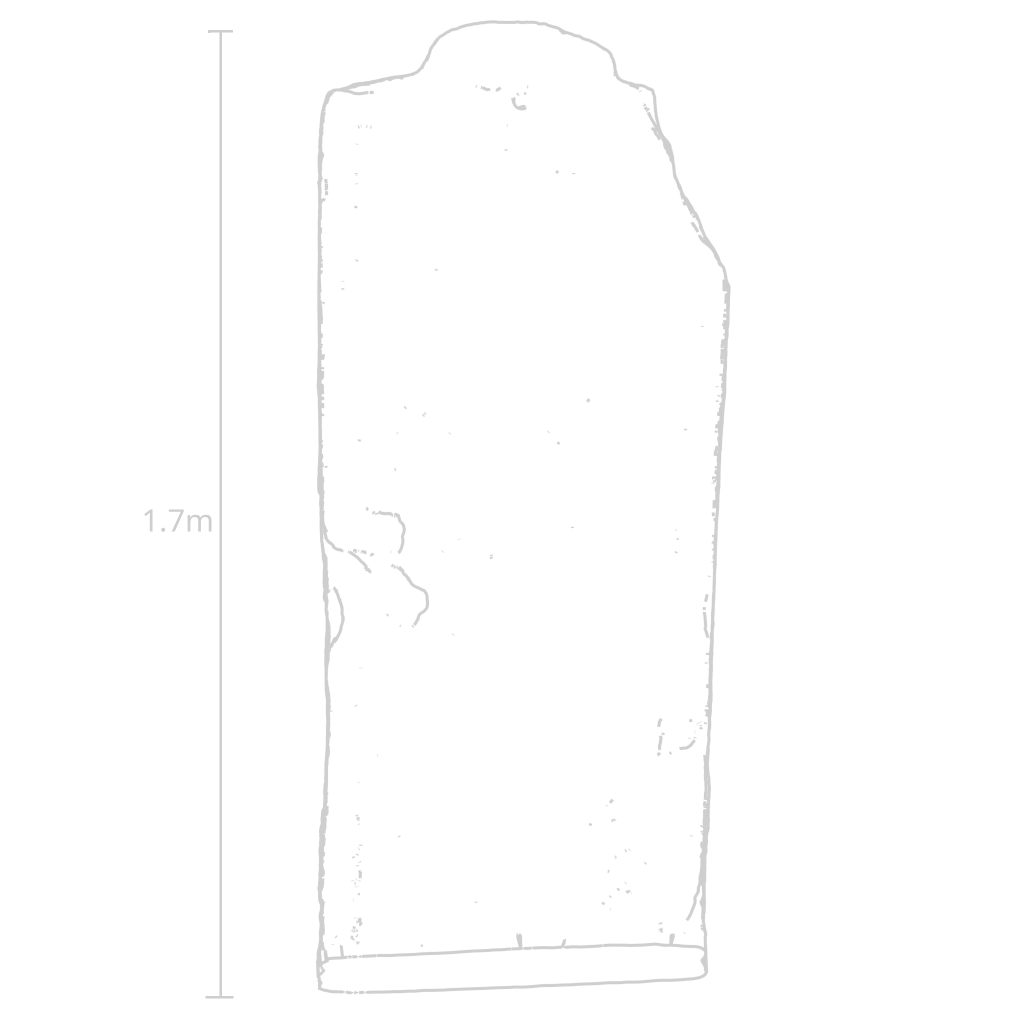
National Monument No. 504. Early Christian monastery founded by St. Canoc in 492 AD. Described as Standing Stone, T 27 by T.D. Kendrick who carried out excavations in 1934-5 at Gallen Priory, Co. Offaly. Kendrick stated that this stone stood at the foot of the mound, close to a Holy Tree. Ornate pillar stone standing 2.5m high by 0.8m wide by 0.15m thick, with rounded tenon rising from the top of the stone with rounded perforation just below the tenon. Decorated on one face only. Described by Kendrick as divided into two framed and recessed panels containing in low relief, an equal-armed cross of interlace, with trumpet-pattern interspaces, and two confronted quadrupeds with interlacing tails immediately surmounting a panel of diagonal fret in which is a sunk central square containing a single quadruped (? a stag).
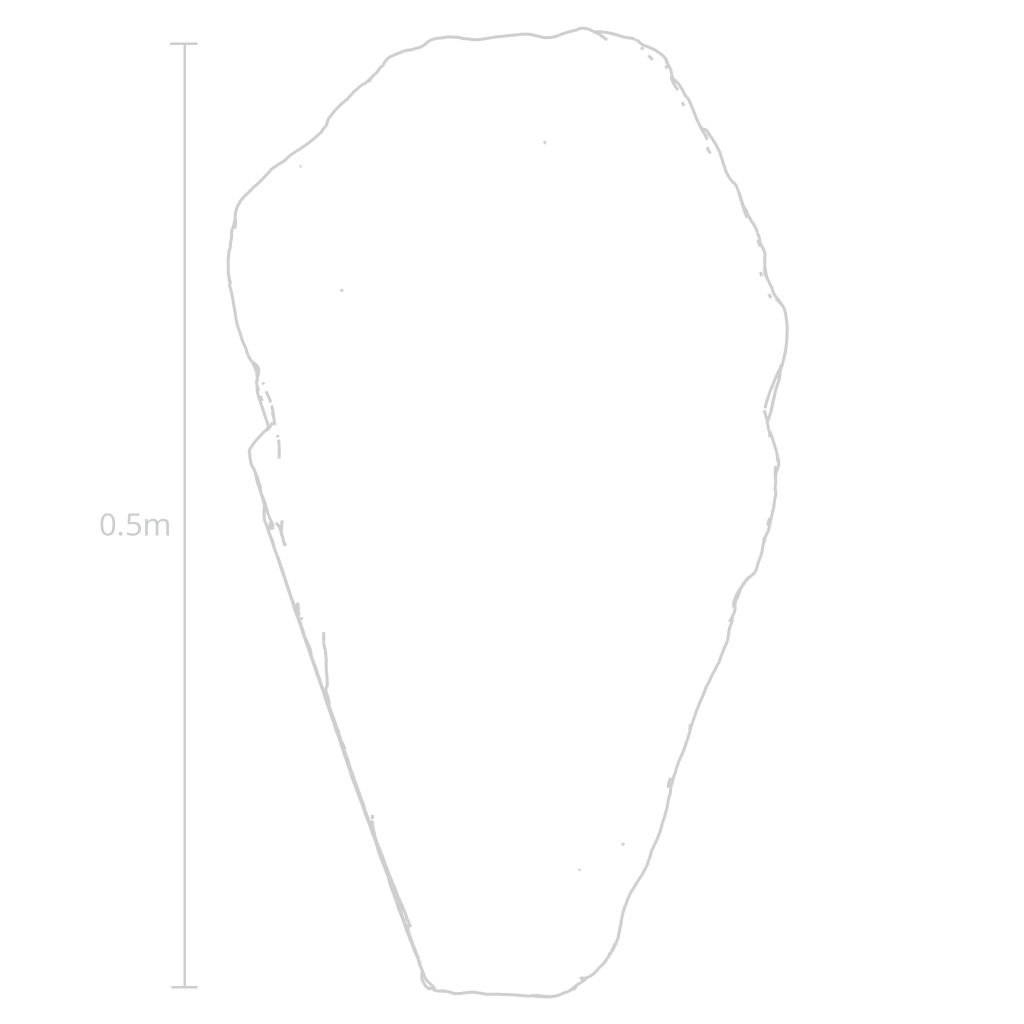
National Monument No. 504. Early Christian cross-slab that was unearthed by T.D. Kendrick during his excavations in 1934-5 at Gallen Priory, Co. Offaly. The stone with an incised ‘Thistle Cross’ was described by Kendrick as a slab (A 107) with a ‘double outline cross within a triple circle; central pitting; deep rough engraving’. The cross-slab now on display at Gallen, where it is attached to the east face of a wall standing on the footprint of the western gable of the excavated church site. Gallen was the site of an Early Christian monastery (OF014-029008-) founded by St. Canoc in 492 AD. A large collection of early Christian cross-slabs (OF014-029003-) dating from the 8th/11th-centuries were uncovered along with the site of an early medieval church (OF014-029008-). A large selection of cross-slabs were inserted into a display wall on the site of the excavated medieval church.

National Monument No. 672. Impressive two centred pointed arched bridge with evidence of original timber support protruding from springing arch of bridge which traverses the Silver River, near the village of Cadamstown, Co. Offaly. Associated with nearby destroyed tower house (OF036-016—-) and possible site of medieval village which according to local information was bulldozed several years ago. Possible late 15th/16th-century bridge.
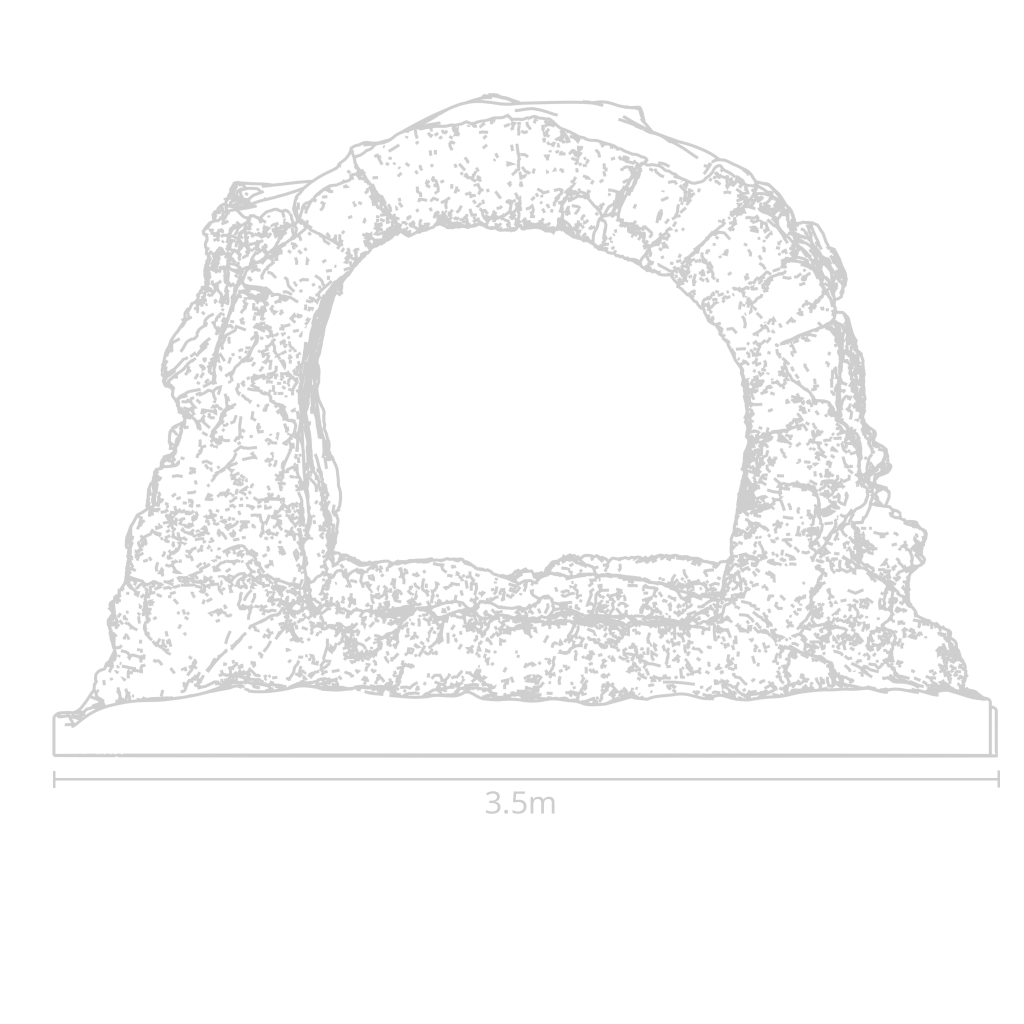
17th-century wood-fired Huguenot glass-making furnace (OF042-049—-), in the townland of Glasshouse, near Shinrone, Co. Offaly. Site was excavated in 1999 by Jean Farrelly and Caimin O’Brien under licence no. 99E0191. The glass-furnace originally stood at the western end of a large oak and ash woodland known as Clonlisk Wood which belonged to John O’Carroll who lived in nearby Clonlisk Castle. Several families of French Huguenot glassmakers from the Lorraine had been manufacturing glass in England in the late 16th and early 17th centuries. Members of two of these families, the Bigos and the Henseys (de Hennezels), are known to have held land in Offaly during the first half of the 17th century. Abraham Bigo operated a furnace at Clonbrone, Birr, Co. Offaly, in 1623. The Hensey family probably ran this glassworks as they owned lands surrounding the furnace in the mid-17th century.

